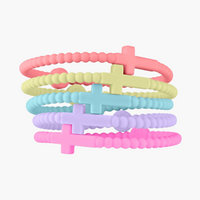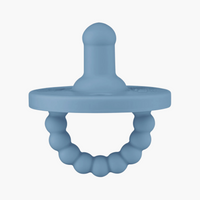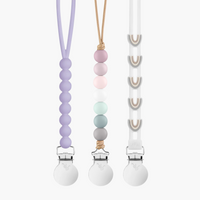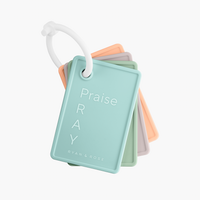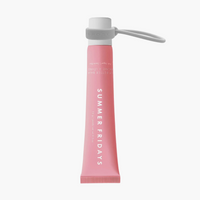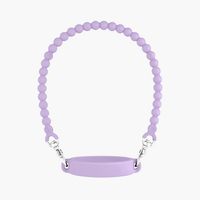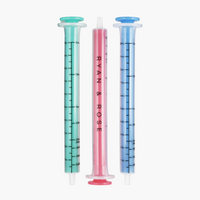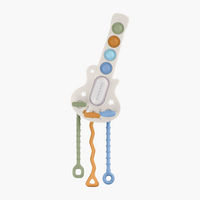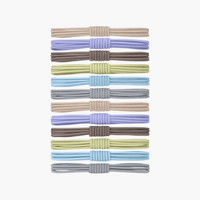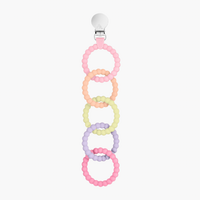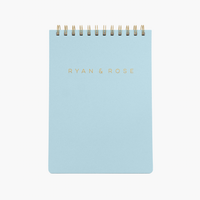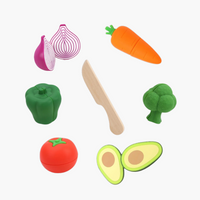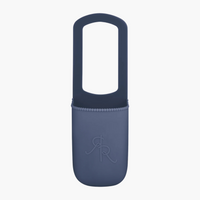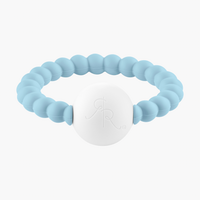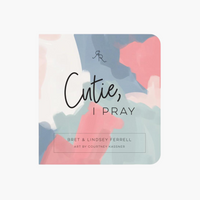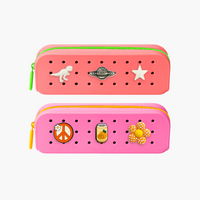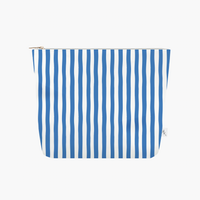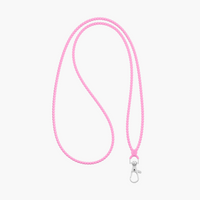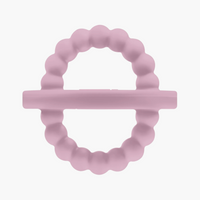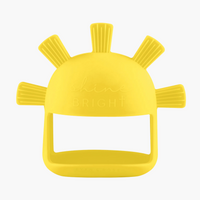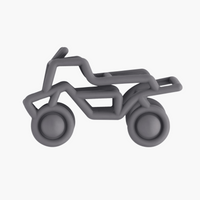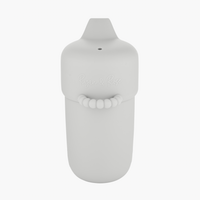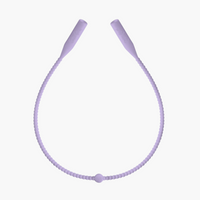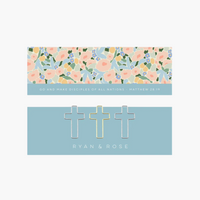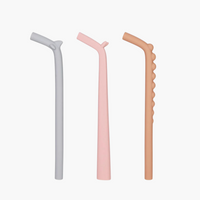
Being a new parent is stressful at times. Your little one isn’t the only one trying to navigate the challenges of this world. You have to learn to distinguish between different cries and cues as you get to know your baby and learn to fulfill the baby’s needs.
As time goes on, you’ll notice some baby care items are more useful than others; a pacifier can be an important tool for both you and your baby. Sometimes, a pacifier can be the difference between a fussy, crying baby and peace. We’ve put together a new parent’s guide to choosing a pacifier so you can understand this baby essential.
Understanding the Pacifier
A pacifier goes by a few names, including the binky, paci, soothie, and many more, not to mention the names your baby comes up with.
Most binkies have three main parts:
- The nipple: the piece that your baby sucks for comfort.
- The shield: the part behind the nipple that rests against your baby’s mouth.
- The ring (optional piece): the handle of the paci that you or your baby can hold onto.
Babies naturally know to suck on things placed in their mouths from birth. Rather than suck on their fingers or toys—which is unsanitary and presents a choking hazard—they can safely suck on a binky for comfort.
The Power of the Paci
The pacifier can be an essential item whether you’re at home and need to relax your child or plan to go out with your baby and must calm them down. As an added bonus, the right binky can soothe your baby at night or during nap time, making it easier for them to fall asleep.
A pacifier can also help your baby when they begin teething. Swollen gums are painful, and their precious pacifier brings them a bit of comfort as they navigate these changes, especially when they can teethe on the handle.
Shop at Ryan & Rose
Ryan & Rose sells the best baby teethers that double as a pacifier! One end of this silicone paci has the nipple for your baby to suck on, and the handle makes for the ideal teether. Plus, our pacifiers are dishwasher safe (top rack only), so you can keep it sanitary for your child.
Finding the Right Pacifier
Now that we’ve covered what a paci is, let’s dive deeper into this new parent’s guide to choosing a pacifier. How do you find the perfect binky for your baby when there are many great options? Some common types of pacifiers include:
- Stuffed animal pacifiers
- Single piece pacifiers
- Feeding pacifiers
- Teething pacifiers
You have tons of options, and finding that perfect binky usually means buying several different ones, as each relaxes your baby in different scenarios. That stuffed animal pacifier gives your little one a cuddly friend to hug, but a feeding paci can provide them with a snack. Every parent needs a teething pacifier to give their baby the perfect item to soothe sore gums as their teeth begin to grow.
Consider the Material
Knowing the pacifier material is vital, especially because your precious child will put this in their mouth.
Silicone Binkies
Most pacis utilize silicone because it’s easy to clean, and odors are less likely to cling on. This material is smooth, holds its shape, and is durable, so it’ll last your baby for a while. Plus, silicone pacifiers are often dishwasher safe (top rack only), which is great for a tired and busy first-time parent.
Latex Binkies
Some pacifier makers choose latex because it’s softer than silicone. However, latex allergies aren’t that uncommon, so this could be a potential safety hazard for your infant.
Which Paci Is Best?
The best pacifier for your baby is entirely up to you and your little one. Whichever binky you choose, it’s smart to keep a binky or two in the house and have one in the diaper bag so you never forget this soothing essential.
Tips for Using a Binky
It’s always best to sterilize the pacifier before its first use, and you can do this by boiling it in water for three minutes. Allow it to completely cool down or run it under cold water before giving it to your baby. Many experts also recommend washing it with soapy water between uses to keep it sanitary; otherwise, bacteria could build up.
Pacifiers and Breastfeeding
A pacifier can confuse exclusively breastfed babies since they’ve never had an artificial nipple in their mouth. By bottle feeding your baby, you introduce them to different shapes and textures. Of course, this bit of confusion doesn’t mean exclusively breastfed babies can’t use a paci.
Keep in mind that you should never use a binky to pacify a hungry baby, whether they’re breastfed or bottle-fed. Giving your baby a paci when they’re hungry can impact the trust you’ve built with your little one since they expect you to comfort them.
Use Pacifier Clips
Keeping a binky within your baby’s grasp makes things much easier, but you should never tie a string or long ribbon to the pacifier. Doing this could harm your infant if they play with the string and tangle themselves in it. Instead, invest in a quality pacifier clip that you can attach to their paci. Companies design these for babies and put the clip through safety testing, so you won’t have to worry about your little one.
Never Use a Broken Paci
Over time, your child’s pacifier will probably wear out, especially when they start teething. Wear and tear is natural, and it’s one reason some parents have a hoard of pacis. When you clean the binky, inspect it for cracks or tears and toss it away if you notice either. A broken pacifier can become a safety hazard since it’s a choking risk.
Shop for Quality Pacifiers
The most important part of picking the right paci is shopping for quality. Ryan & Rose sells silicone pacifiers in an assortment of colors and nipple styles so that every parent can buy the perfect option for their baby. We even offer binkies for different developmental stages in your child’s life. With the ideal pacifier at your fingertips, you can give your baby the soothing tool they need to feel secure.




